Lee Garden Three was developed with an overall urban landscape study for the Causeway Bay District in Hong Kong. The client wanted to address the changing urban environment of Causeway Bay, known for its congestion and density. Re-imagining its sense of place, reconnecting its community, and promoting sustainability were paramount. We looked at reconnecting the urban environment to Hong Kong’s ecology. The project incorporated these principles and instilled a new ethos of bespoke design integrating health and well-being, community, and sustainability.
In 2013, the I.M. Pei’s iconic Sunning Court building, part of the Causeway Bay for approximately half a century, was demolished. Many lamented its loss because its central courtyard provided an oasis from the surrounding urban landscape.

With the changing times, new priorities informed a new overall agenda for the district, sustainability, health and well-being and urban biodiversity. In the place of Sunning Court, Lee Garden Three sets a new milestone in lifestyle office developments. This Class-A office represents a state-of-the-art evolution. Our design balances the urban ecology, creating a dialogue between landscape and people in harmony with a new urban space.
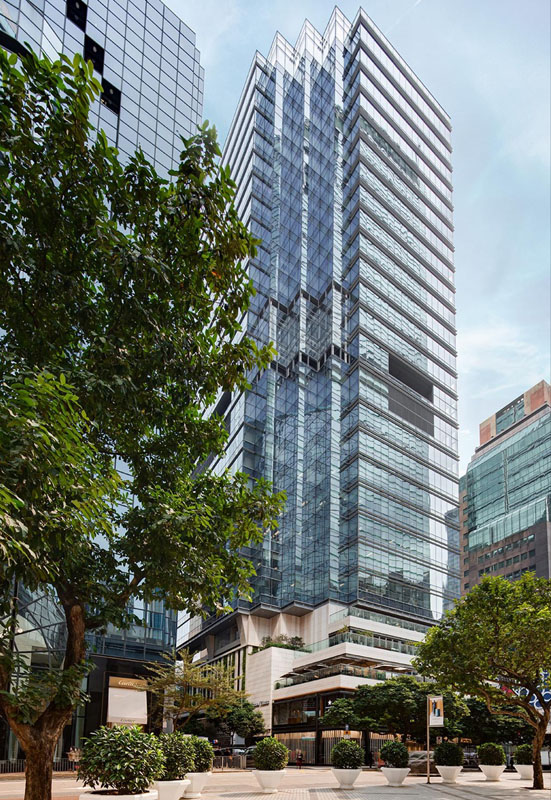
The concepts focused on the creation of a dynamic office and retail experience. The design incorporated active social and recreational spaces into the planning for the exterior spaces. These relationships seamlessly merged between indoor and outdoor functions. Our concept, “Greening from the Street to the Sky,” expresses the aspirations of today’s Hong Kong for a more balanced office experience. From the street level, the landscape elevates as the spaces move up through the tower. The street level links and connects shopfronts and F&B. Green walls that extend up the building elevation create a rhythm. The design also utilized various species of bamboo to accent key areas and give the landscape a light but architectural structure.
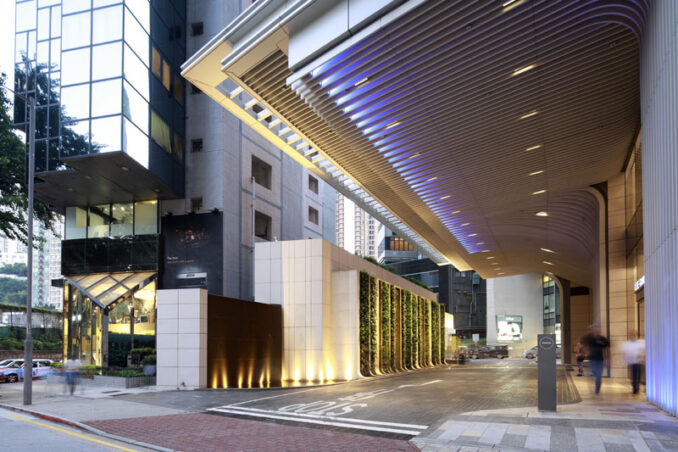
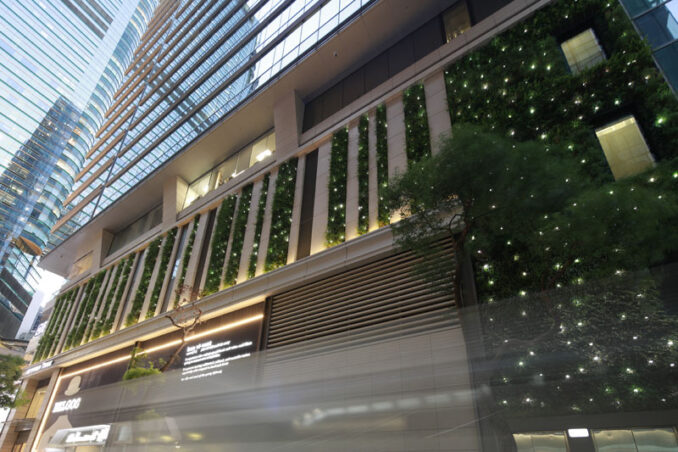
A New Community Hub
As a new community hub, care was taken in considering the programmatic uses, linking the sustainable agenda with the varied landscape spaces and how they are to be inhabited and utilized by the anticipated users. The goal was to create a vibrant urban destination that serves as both an icon for sustainability and a place where health and well-being are a cornerstone to its success.
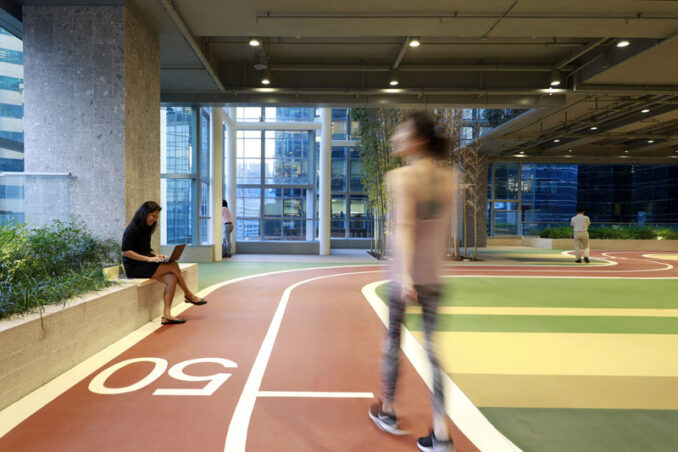
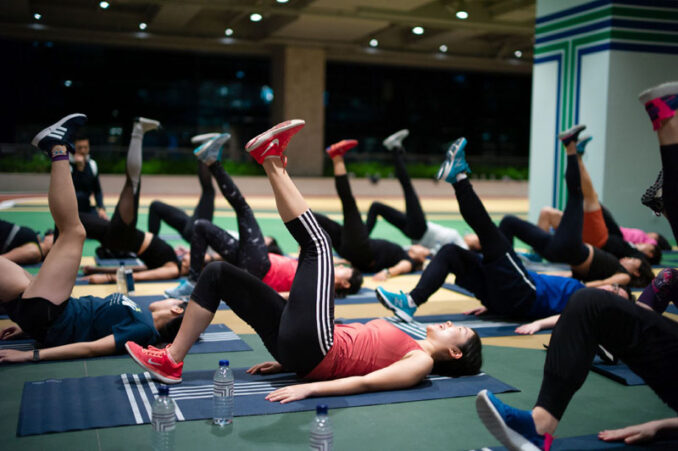
Active lifestyle, fitness, recreation, and social spaces define the landscape spaces running through the development. The terraces link gardens to the retail program. The garden connects to the ecology of the urban landscape, and the landscape informs and energizes the people using the spaces. Unique to this project was utilizing the refuge floor to create a health and well-being space. It has become one of the most used and beloved spaces devoted to new lifestyle trends, where the urban population can lounge, hold events, do yoga, and exercise.
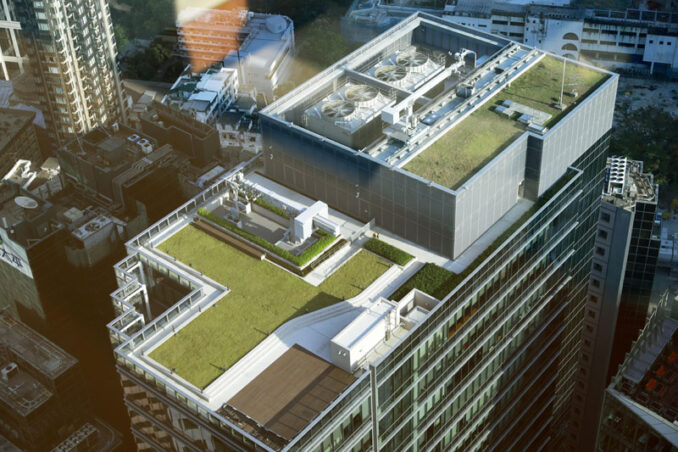
Enhance and Promote Urban Biodiversity
Another goal was to promote urban biodiversity, from sourcing building materials to utilizing local planting to attract indigenous wildlife. For example, a butterfly garden on the second floor was created by selecting flowering shrubs and groundcover. Water management, natural air circulation, and green roofs to reduce the heat island effect were incorporated to improve the environmental quality of the project. The roof garden is designed to facilitate key building functions while creating opportunities for outdoor green events space overlooking Causeway Bay and out to Victoria Harbour.
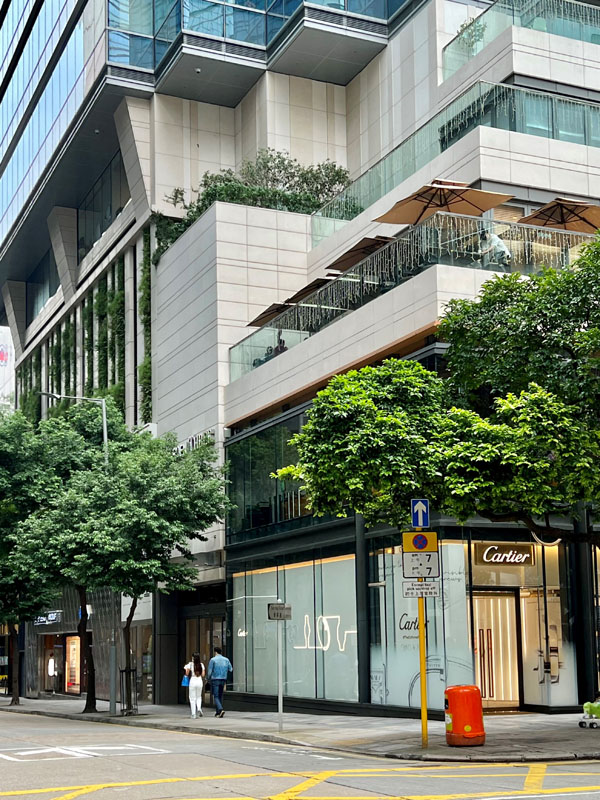
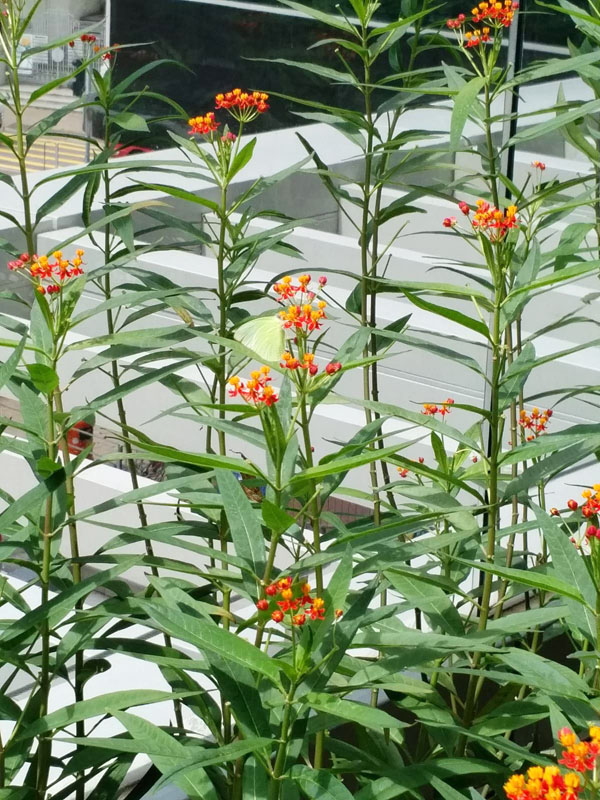
After the opening, butterflies are found here amidst the busiest urban area of Hong Kong.
Lee Garden Three
Location: Hong Kong, China
Landscape architecture: AECOM
Architecture: Wong & Ouyang (Hong Kong) Ltd.
Civil & Structural engineer: Arup
M&E consultant: WSP
Lighting consultant: Light Directions Ltd.
QS: RLB
Landscape Contractor: Oriental Landscape Ltd. / Full Spirit Marble
Builder: Light Directions Ltd.
Other Consultants: Eco-Green Group / Parks Supplies Co. Ltd. / duttonBRAY Design Ltd.
Client: Hysan Development Company Limited
Images Credit: Courtesy of AECOM
